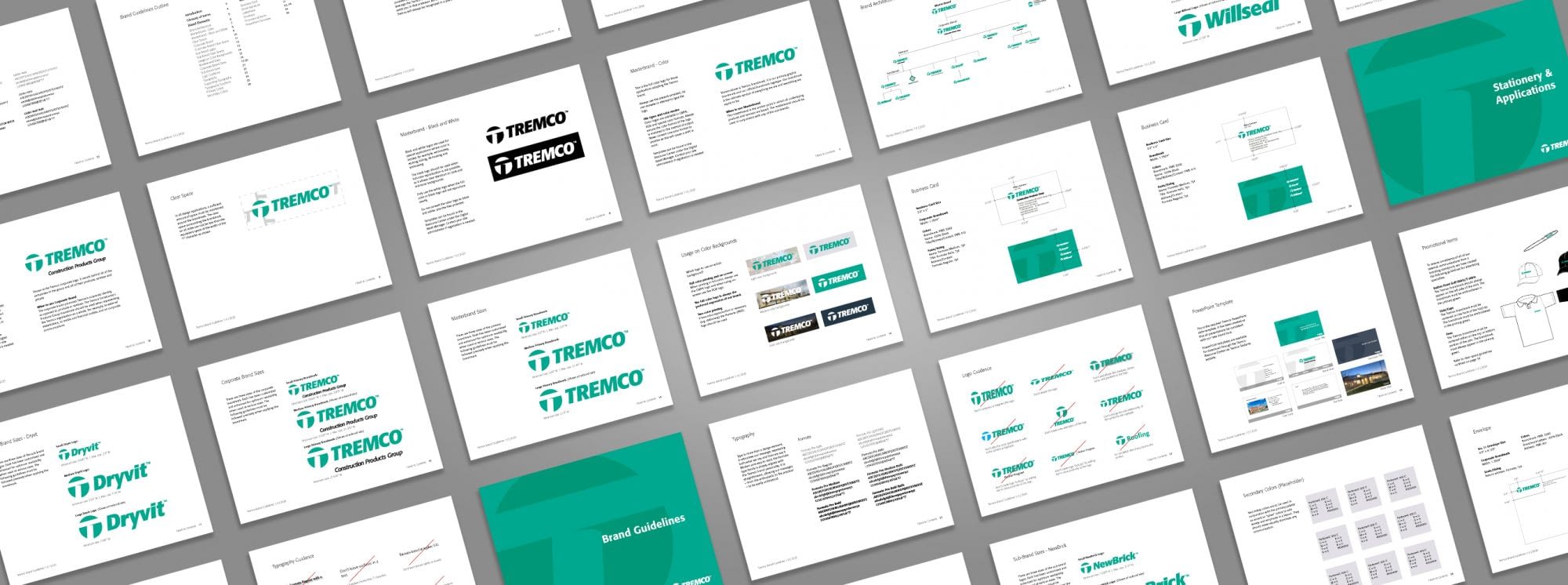
.png)
If a startup doesn’t spend or burn enough cash, it might not be investing in its future and may get surpassed by its competitors.I f a startup burns it’s cash too fast, they run the risk of running out of money and closing its doors permanently.


(image credit: Crunchbase ) Some Burn Rate takeaways from Investopedia to consider: Let’s take the example of Uber, which is an 11 year old previous Unicorn startup, that IPO-ed in 2019 and still has yet to turn a profit. Many technology and biotech startups face years of living on their investor bank balances. Most startups take several years to become profitable from its sales or revenue and as a result, they require adequate supply of cash on hand to meet their monthly expenses. A burn rate is a financial analysis metric that is mainly used for investor funded startup companies that are quite often unprofitable in their early years and are usually in disruptive or promising high growth industries. Growth isn’t cheap-and that spending fuels the investor venture capital and startup industry. They have to hire the right people, buy equipment or software, and maybe even pay for excess server capacity to keep a product or service from crashing. Successful startups invest heavily in growth. Now an Investopedia article points out that “in some crisis situations, the burn rate might be measured in weeks or even days,’ it also states that an “analysis of cash consumption tells investors whether a company is self-sustaining, and signals the need for future financing.” You can think of it as the rate of negative cash flow. It is normally analyzed on a monthly basis. Burn rate is the rate at which a startup business is spending (gross) or losing (net) its cash supply over time.


 0 kommentar(er)
0 kommentar(er)
